Sunny and hot.
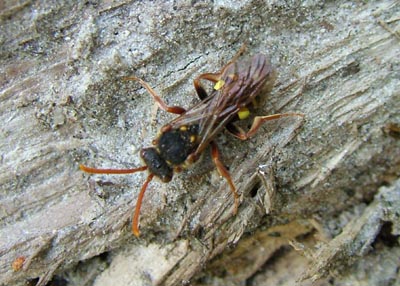
Nomada bees are kleptoparasites of solitary bees. They lay their eggs in the nests, and their larvae take advantage of the food brought by the solitary bee. Often called Cuckoo Bees. Possibly Nomada marshamella.
I always think that Broom flowers look very exotic.
The first Bramble flowers of the year.
Two shots of Glyphipterix simpliciella, a micromoth, showing the host plant - Cocksfoot grass - and the feathered rear edge to the wings: a common feature in micromoths. Moth about 6mm long.
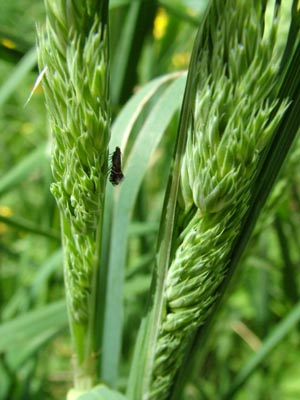
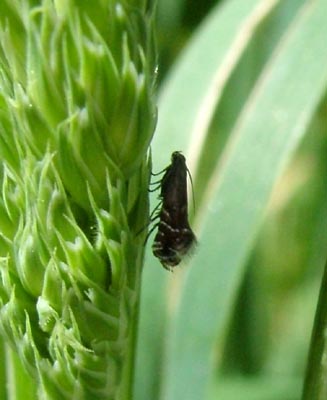

A picture-wing fly, one of the Tephritids. These generally lay eggs in composite flower heads e.g. thistles.
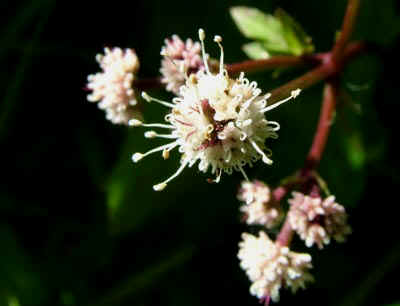
A nice shot of Sanicle - Sanicula europaea.
One of my more artistic compositions.
In one part of the wood, the canopy is quite dense and the filtered light has a high green component. Bluebell pods on the left and Yellow Pimpernel on the right.
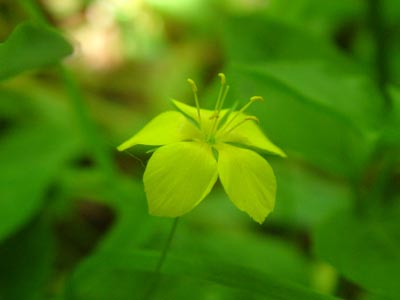
A different Micropterix micromoth - Micropterix aureatella.
A Sawfly mine on Oak.
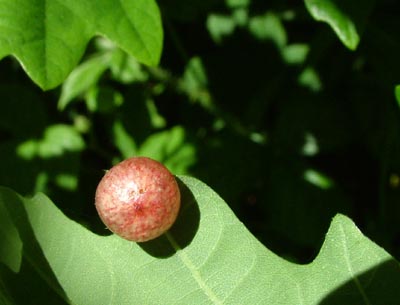
A Currant Gall on Oak caused by the sexual generation of the wasp Neuroterus quercusbaccarum. The asexual generation creates Spangle Galls, also on Oak.
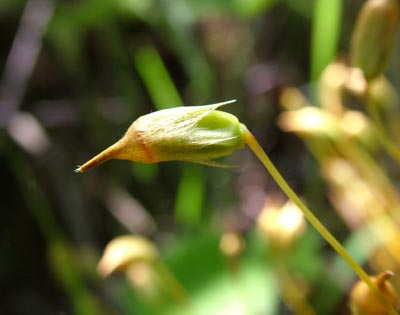
This Polytrichum formosum capsule has almost shaken off the covering. Note that it is also bending towards the horizontal in order to aid with spore dispersal.

A Trombidium sp. I can never get a satisfactory shot of these. They are always in very dark places, but setting up a tripod would take too long and they would be gone. One day....